Setting clear, actionable marketing goals is vital for driving business success. To help you hit the bullseye, we’ve compiled a list of the top 10 marketing goal examples that will turbocharge your efforts and propel your brand forward.
In this article, you’ll discover:
- Results-driven marketing goals that align with your business objectives
- Real-world examples that showcase the power of strategic goal-setting
- The role of Plerdy, an all-in-one marketing analytics tool, in achieving your goals
? Pro Tip: Don’t forget to explore Plerdy’s dynamic suite of features to streamline your marketing efforts and optimize performance. From heatmap tracking to funnel analysis, Plerdy is an indispensable tool for unlocking your brand’s full potential.

Ready to dive in? Say goodbye to aimless marketing tactics and hello to a goal-oriented approach that delivers measurable results. Read on to uncover the best 10 marketing goals examples that will set your brand up for success!
Marketing Goals: The North Star of Your Campaign
Marketing goals serve as guiding lights for businesses, helping them navigate the murky waters of competition. Companies can chart a course toward success and measure progress by establishing clear objectives.
Here’s a brief rundown of marketing goal essentials:
- Specific: Set well-defined targets that leave no room for ambiguity.
- Measurable: Ensure goals are quantifiable, enabling accurate assessment of progress.
- Attainable: Strive for realistic objectives that will maintain your resources.
- Relevant: Align goals with your overall business strategy.
- Time-bound: Establish deadlines to maintain focus and drive momentum.
The Power of a Prime Example
Imagine a fitness app aiming to increase the user base. A concrete marketing goal might be: “Boost app downloads by 20% within the next quarter, targeting health-conscious millennials in urban areas.” This goal checks all the boxes – specific, measurable, attainable, relevant, and time-bound.
Achieving marketing goals often hinges on an effective mix of strategies, ranging from search engine optimization and social media marketing to content marketing and email campaigns. By pinpointing the right tactics, companies can propel themselves toward the finish line, leaving competitors eating their dust. Remember, marketing goals are the backbone of your campaign – pay attention to them, and you risk veering off course!
Goals vs. Objectives: Mastering the Marketing Lingo
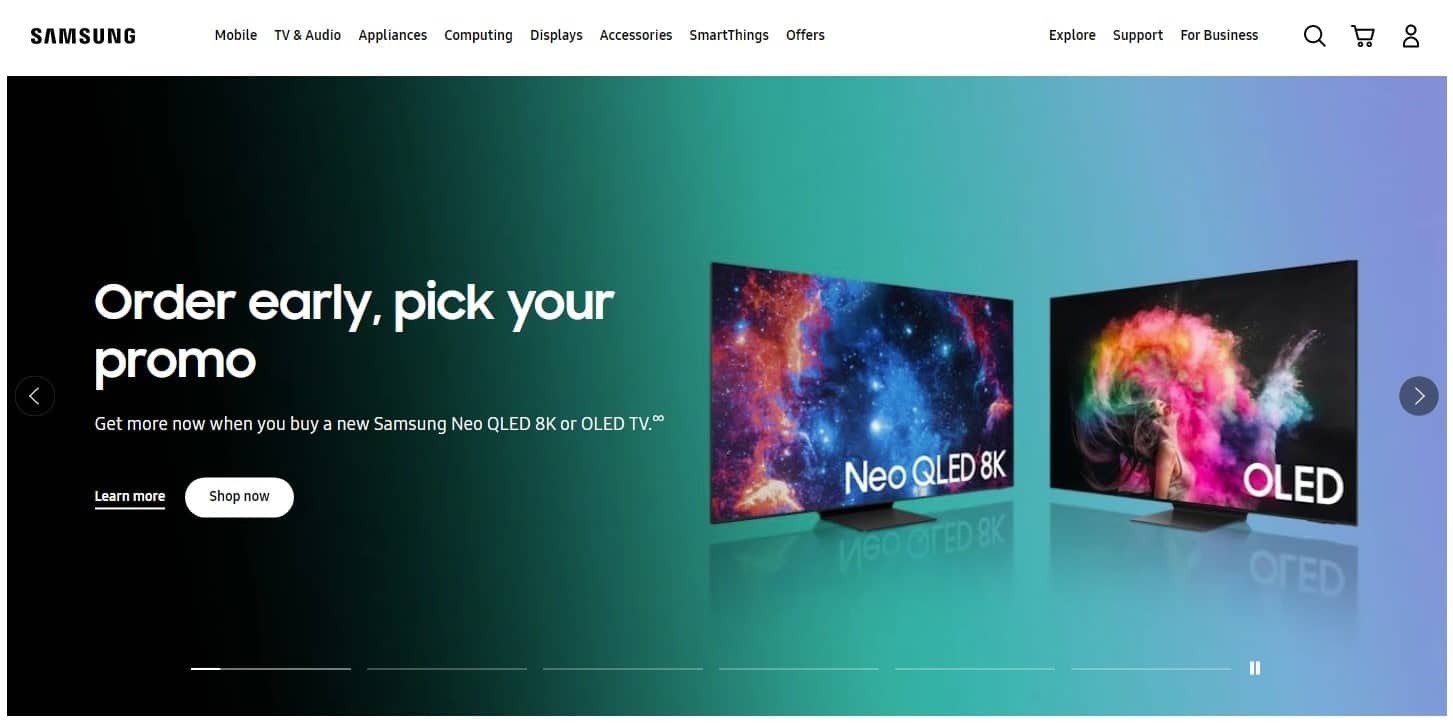
In marketing, understanding the distinction between goals and objectives is vital for crafting a winning strategy. While these phrases are frequently used interchangeably, they have different functions.
The Key Differences Unveiled
- Goals: Broad targets that embody the desired outcome of marketing efforts. They’re the big-picture aspirations that offer a bird’s-eye view of the entire campaign.
- Objectives: Specific milestones that act as stepping stones towards achieving a goal. They’re measurable, time-bound, and serve as yardsticks to gauge progress.
A Crystal-Clear Illustration
Consider an online retailer aiming to expand its market share. The goal might be: “Become the top e-commerce platform for eco-friendly products.” To accomplish this, the company sets multiple objectives:
- Increase website traffic by 25% within six months.
- Boost conversion rates by 15% in the next quarter.
- Grow social media followers by 10,000 in three months.
Businesses can strategically break down their ambitions into manageable tasks by distinguishing between goals and objectives. Remember, goals set the stage for success, while objectives break down the curtain call into a series of show-stopping performances.
Why is it Important to Set Marketing Goals?
Setting marketing goals is the linchpin of every successful marketing campaign. Defining clear targets helps businesses shoot for the stars and maintain focus on what truly matters.
The Perks of Pinpointing Your Aims
- Direction: Marketing goals steer the ship, ensuring businesses stay on course and maintain sight of their destination.
- Motivation: Having a target to chase fuels the team’s drive, fostering a can-do attitude and boosting morale.
- Measurement: Well-defined goals allow companies to track progress, evaluate performance, and make data-driven decisions.
- Resource Allocation: Businesses can prioritize efforts and distribute resources wisely by outlining objectives.
A Captivating Case in Point
A startup launching a sustainable clothing line sets the goal: “Establish a strong brand presence in the eco-fashion industry.” To reach this, they define objectives like increasing website traffic, boosting social media engagement, and fostering relationships with influencers. By setting these goals, the startup ensures that its marketing efforts remain laser-focused and geared toward success.
In a nutshell, marketing goals are the secret sauce that transforms ordinary campaigns into extraordinary feats. With clear targets in sight, businesses can chart their course to victory and make waves in the marketplace.
Marketing Goals vs. Business Goals: Decoding the Differences

Distinguishing between marketing and business goals is essential for any company striving for success. But, while they’re interconnected, they play unique roles in shaping a brand’s trajectory.
Key Contrasts Unveiled
- Marketing Goals: Focus on the promotional aspect of a business, targeting brand awareness, customer acquisition, and engagement. They’re the engine driving visibility and market presence.
- Business Goals: Encompass the broader aspirations of an organization, including revenue growth, cost reduction, and overall profitability. They’re the blueprint for the company’s strategic vision.
A Compelling Comparison
Picture a tech company seeking to dominate the smart home market. Their business goal could be: “Increase annual revenue by 20%.” To achieve this, they set marketing goals like:
- Improve brand recognition among target consumers.
- Boost organic search traffic by 30%.
- Grow email subscription list by 10,000 subscribers.
These marketing goals contribute to the overarching business goal, acting as cogs in the well-oiled machine of success.
In essence, marketing and business goals are two sides of the same coin, each playing a crucial role in propelling a company to new heights. Businesses can effectively strategize and attain the winning edge by understanding their distinctions.
SMART Marketing Goals Examples
The SMART framework implies setting the marketing goals that are:
- Specific: clearly defined and focused on one target;
- Measurable: their efficiency may be measured by certain metrics;
- Attainable: realistic to be achieved;
- Relevant: related to a broader business goal;
- Time-bound: have a deadline for the realization.
So, the SMART system clarifies what actions you will take and why, how efficient their result will be, and how long it will take to achieve it.
Example: Boost our site ranking for the keyword “marketing tool” to get into the top 5 search results in a month by optimizing its content.
CLEAR Marketing Goals Example
In today’s more agile business environment, setting CLEAR goals is becoming more effective than SMART ones. This framework implies setting goals that are:
- Collaborative: encourage employees to collaborate
- Limited: have restricted scope and duration
- Emotional: appeal to the employees’ emotions
- Appreciable: bigger goals should be divided into smaller ones that are more easily achievable
- Refinable: allows for flexibility. Let yourself modify your goals if new conditions require it.
Therefore, the CLEAR approach to defining goals involves employees’ roles in realizing your marketing plan.
OKRs Marketing Goals Examples

Several world-renowned brands apply the OKR system nowadays. Among them: are Google, LinkedIn, Spotify, Twitter, Walmart, and many others. The OKRs abbreviation stands for “Objectives and Key Results.” John Doerr, a successful venture capitalist, describes what aims to achieve and measures it. The formula looks like this:
I will_(Objective)_ as measured by_(Key Results)_.
The Objectives should be short and clearly defined, motivating and challenging. The Key Results need to be quantitative. These are measurable indicators of your progress toward the Objective completion. Notably, each objective should have a set of 2-5 metrics.
For example:
Objective: Increase the site’s conversion rate
Key Results:
- Improve the SEO to get into the top 10 search results;
- Boost the number of visitors by 10% per month;
- Improve conversion on landing pages by 20%.
Overall, OKRs perform a particular function that creates engagement and alignment between measurable marketing goals.
List of the Best 10 Marketing Goals Examples
Further in the article, you’ll have a chance to get acquainted with the key marketing goals any brand should set. Generally speaking, they’re mostly focused on making a profit, the goal that is at the heart of most marketing strategies.
Drive Traffic Like a Pro: Turbocharge Your Website
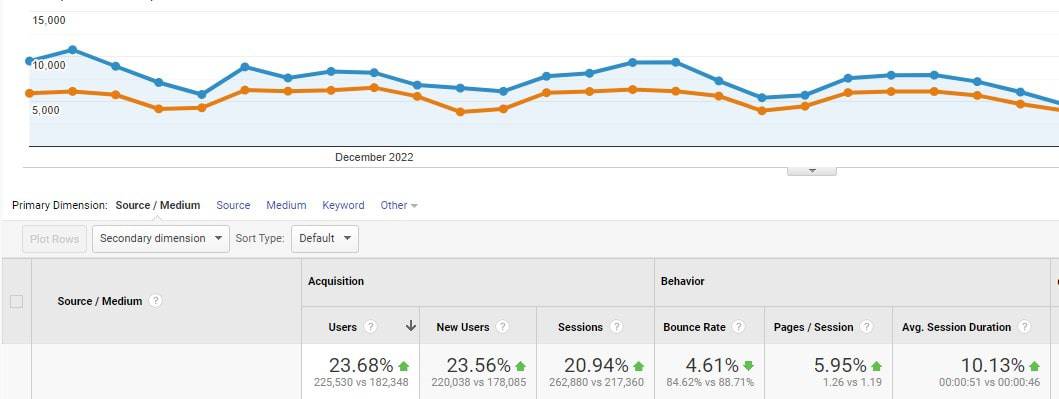
Increasing website traffic is a crucial marketing goal for businesses looking to splash online. With the right tactics, watch your visitor numbers soar and your brand grow.
Tried-and-True Techniques
- Quality Content: Craft informative, engaging, and relevant content that keeps visitors hooked.
- Social Media Savvy: Harness the power of social platforms to share your content, spark conversations, and build a following.
- Email Marketing Outreach: Launch targeted email campaigns to pique interest and lure subscribers back for more.
- On-Page SEO: Optimize your website with keyword-rich titles, meta descriptions, and header tags to rank higher in search results.
- Off-Page SEO: Build backlinks through guest blogging, collaborations, and social sharing to boost your site’s authority.
Plerdy Marketing Tools: A Winning Combo
Plerdy helps you craft compelling CTAs (Calls-to-Action) that drive engagement. With CTA Plerdy, you can create eye-catching buttons, forms, or banners that entice visitors to click and explore your site further.
In a nutshell, increasing website traffic is a game of strategy and finesse. By employing a mix of proven techniques and leveraging cutting-edge tools Plerdy, you can rev up your online presence and leave competitors in the dust.
Boost Your Bottom Line: Elevate Customer Lifetime Value (CLV)
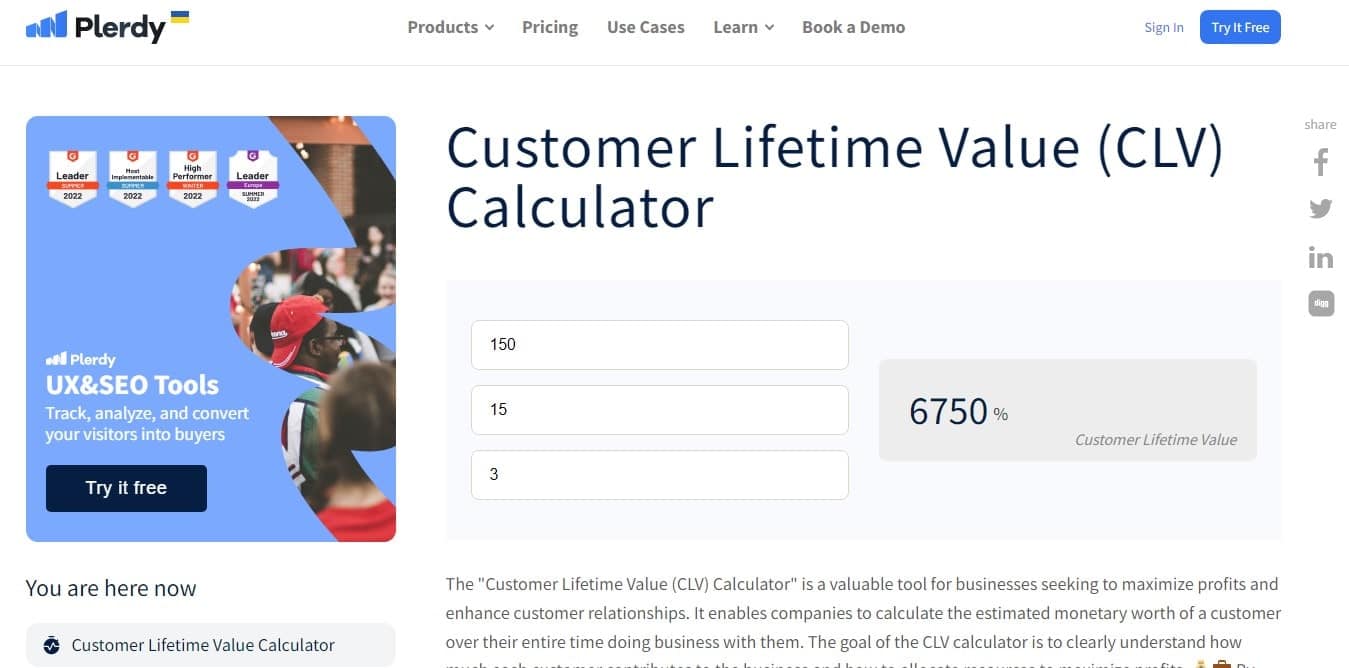
Enhancing Customer Lifetime Value (CLV) is a vital marketing goal that translates into long-term profitability. By nurturing relationships and fostering loyalty, businesses can unlock a treasure trove of repeat customers.
CLV-Boosting Strategies
- Personalization: Tailor experiences and communications to customer preferences, making them feel valued.
- Exceptional Customer Service: Offer top-notch support to resolve issues promptly and efficiently.
- Loyalty Programs: Incentivize repeat purchases with exclusive rewards and discounts.
- Customer Feedback: Solicit feedback and implement improvements to show customers you care about their opinions.
- Upselling and Cross-selling: Recommend complementary products or services, adding value to each transaction.
Plerdy Marketing Tools: The Dynamic Duo
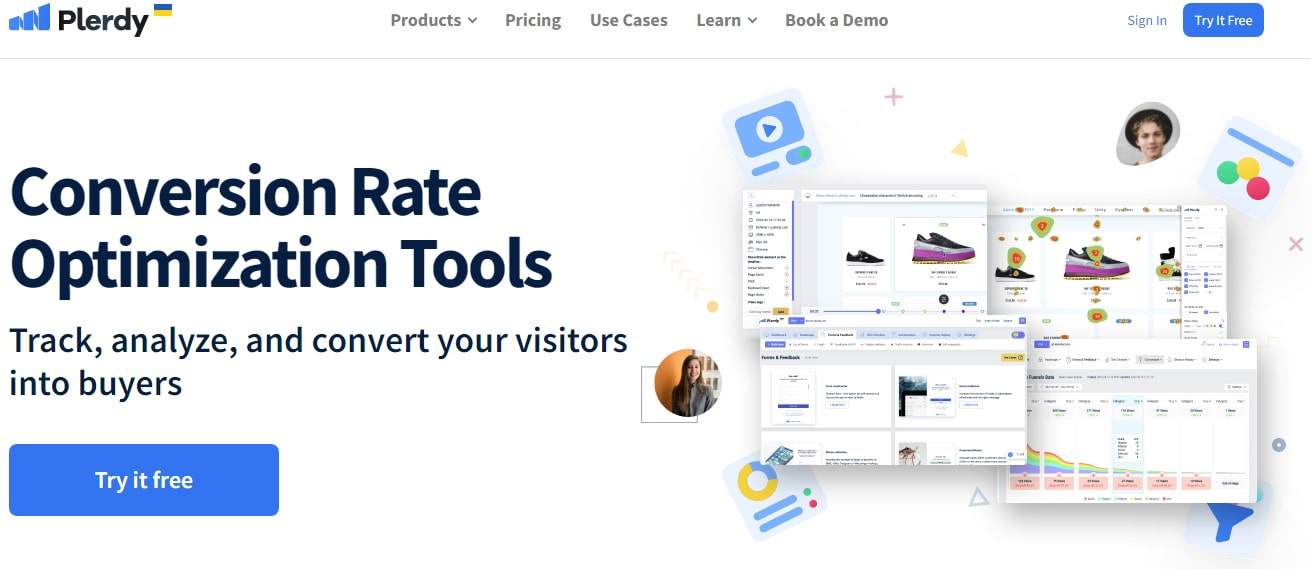
Leverage the power of Plerdy, a comprehensive conversion optimization tool, to maximize your CLV. Plerdy’s in-depth analytics offer valuable insights into user behavior, helping you craft personalized experiences that resonate with your audience. Combine this with CTA Plerdy to create enticing calls-to-action that inspire customers to take the next step, whether signing up for a newsletter or purchasing.
In short, boosting Customer Lifetime Value is the secret ingredient that transforms one-time buyers into loyal brand advocates. By implementing smart strategies and employing tools like Plerdy, you can pave the way for long-lasting customer relationships and a thriving business.
Hold on Tight: Master the Art of Customer Retention
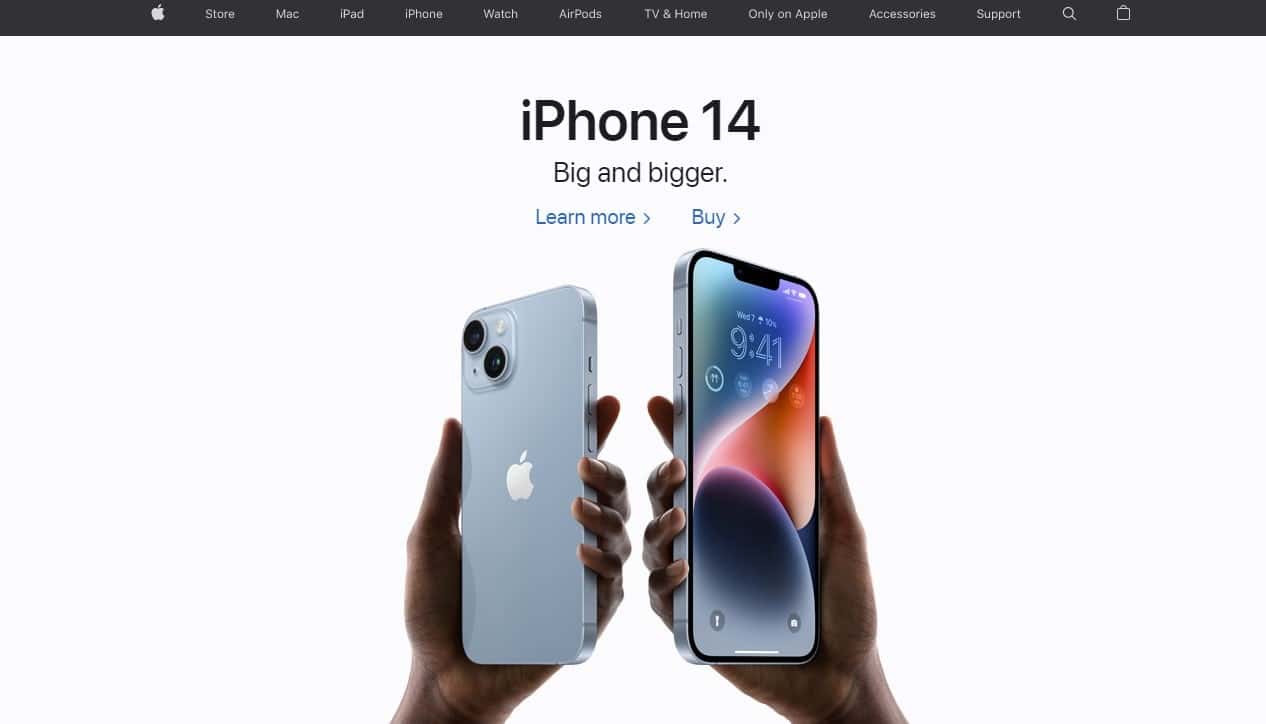
Retaining current customers is a marketing goal that ensures a steady revenue stream and cultivates brand loyalty. By consistently exceeding expectations, businesses can transform customers into lifelong fans.
Customer Retention Essentials
- Engaging Content: Deliver valuable and captivating content that keeps customers returning for more.
- Exceptional Support: Provide swift and effective customer service to address concerns and build trust.
- Exclusive Perks: Offer special promotions, discounts, or rewards to make customers feel valued.
- Meaningful Communication: Foster connections through personalized emails, social media engagement, and thoughtful follow-ups.
- Feedback Loop: Actively seek customer input and demonstrate a commitment to improvement.
Plerdy: A Recipe for Retention Success

Utilize Plerdy, a powerful CRO and marketing tool, to analyze customer behavior and fine-tune your retention strategy. Armed with invaluable insights, you can create targeted CTAs (Calls-to-Action) using CTA Plerdy to encourage customers to explore your offerings, join loyalty programs, or take advantage of special deals.
In a nutshell, customer retention is the lifeblood of a sustainable and thriving business. You can secure a loyal customer base by implementing effective tactics, leveraging Plerdy marketing tools, and unlocking the door to long-term success.
Conquer the SERPs: Climbing the SEO Ladder
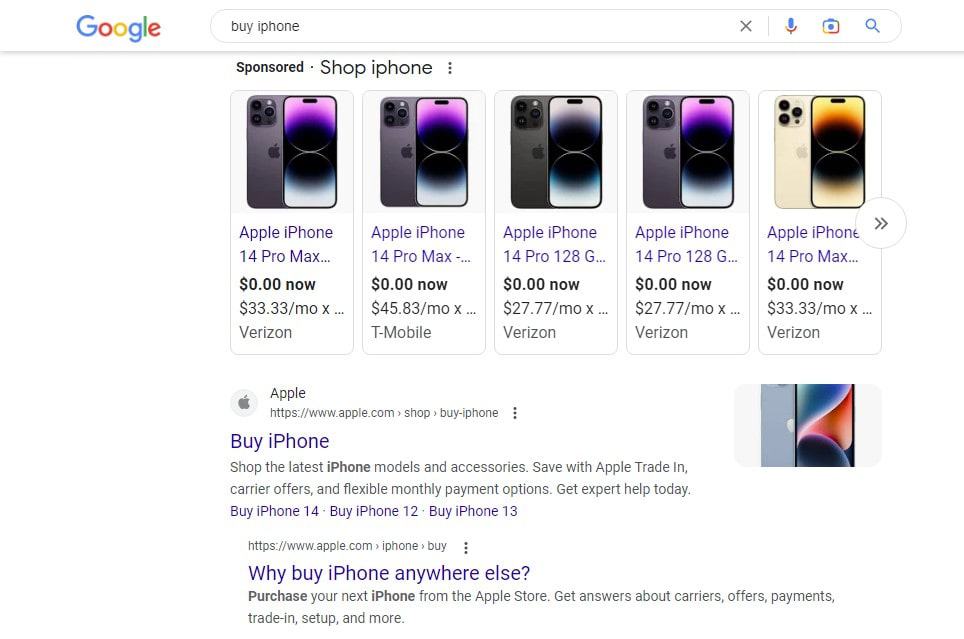
Aiming for the top of search results is a crucial marketing goal, as higher rankings drive increased visibility and traffic. Employ tried-and-true SEO tactics to outpace competitors and claim your spot in the limelight.
SEO Strategies for Success
- Keyword Research: Uncover relevant, high-traffic keywords that align with your target audience’s interests.
- On-Page Optimization: Incorporate keywords into title tags, meta descriptions, headers, and content for maximum impact.
- Link Building: Secure quality backlinks from reputable sources to bolster your site’s authority.
- User Experience (UX): Streamline site navigation, speed, and mobile responsiveness to keep visitors engaged.
- Content Marketing: Craft compelling, shareable content that showcases your expertise and attracts organic links.
Plerdy: Your SEO Secret Weapon

Plerdy pinpoints areas for improvement on your website, allowing you to refine your UX and optimize for search engine success. This data-driven approach ensures you’re always one step ahead of the competition.
In summary, ranking higher in search results requires combining strategic SEO efforts and cutting-edge marketing tools like Plerdy. By staying on top of best practices and leveraging valuable insights, your website will soar to new heights, leaving competitors in the dust.
Funnel Mastery: Unlocking Conversion Optimization
Optimizing your conversion funnel is a marketing goal that turns potential leads into paying customers. You can propel prospects smoothly through the buyer’s journey by identifying and addressing bottlenecks.
Conversion Funnel Optimization Tactics
- Marketing Segmentation: Tailor messaging and offers to cater to specific audience segments.
- A/B Testing: Experiment with variations of landing pages, CTAs, and content to uncover top-performing elements.
- Personalization: Deliver a customized experience based on user behavior and preferences.
- Retargeting: Re-engage users who abandoned the funnel with targeted ads or email campaigns.
- Analytics: Monitor and analyze marketing funnel metrics to identify areas for improvement and measure success.
Plerdy: Unleashing Funnel Analysis Power
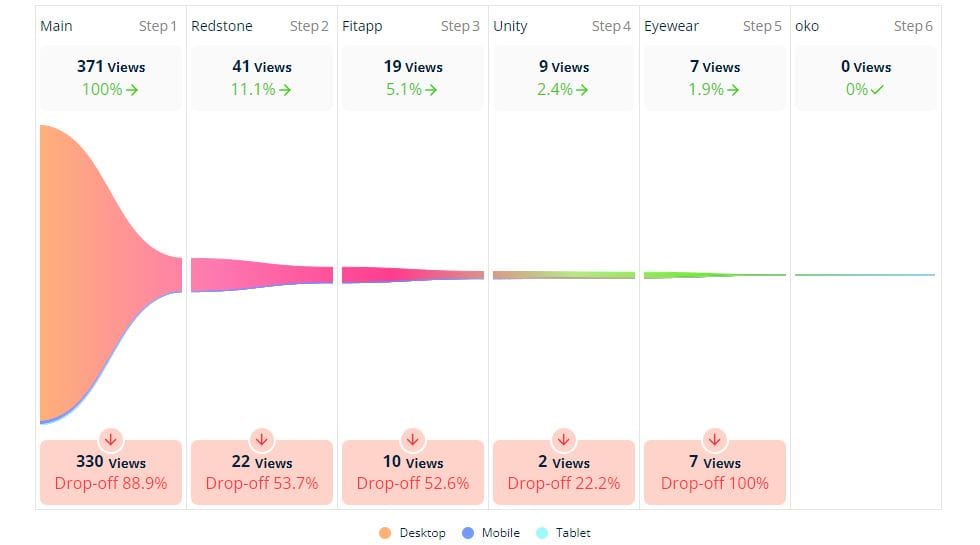
Plerdy, a robust CRO, UX and marketing tool, is your ally in refining your website funnel. By tracking user behavior, Plerdy uncovers sticking points and areas of friction that hinder conversion. With these insights, you can fine-tune your funnel, streamline the user journey, and maximize conversions.
Optimizing your marketing funnel is the key to transforming website visitors into loyal customers. By implementing strategic tactics and leveraging Plerdy’s powerful funnel analysis capabilities, you can unlock the full potential of your website and watch your conversion rates soar.
Build Brand Awareness

The logic is as simple as that: the more people know about your brand, the more potential clients you get, the more leads you receive, and the more profit you earn. Therefore, you should constantly increase your awareness using search engine optimization, online advertising, and other marketing tricks.
Within the SMART framework, your marketing goals related to building brand awareness may sound like the following:
Gain 30 new followers on Instagram by the end of the month by posting engaging content daily.
Boost Brand Engagement
If visitors don’t like what they see on your website, they’re highly likely to keep searching for other, more engaging resources. So, unless you want to increase your bounce rate, you should always boost the content engagement you attract clients. In this regard, you may have marketing goals similar to this one:
Prolong the average time visitors stay on the website to two minutes by 2023 by analyzing heatmaps and varying the content.
Establish Authority in Your Industry

Demonstrating authority is a well-proven way to gain potential clients’ trust. To ensure it via online, share useful content that appeals to your visitors’ needs and queries. Once their needs are met on your site, you’ll prove yourself a trustworthy resource, and, likely enough, they’ll bring you more leads. So, to establish the online authority of your brand, set marketing goals similar to the following one:
Earn five post shares this week.
Generate Qualified Leads
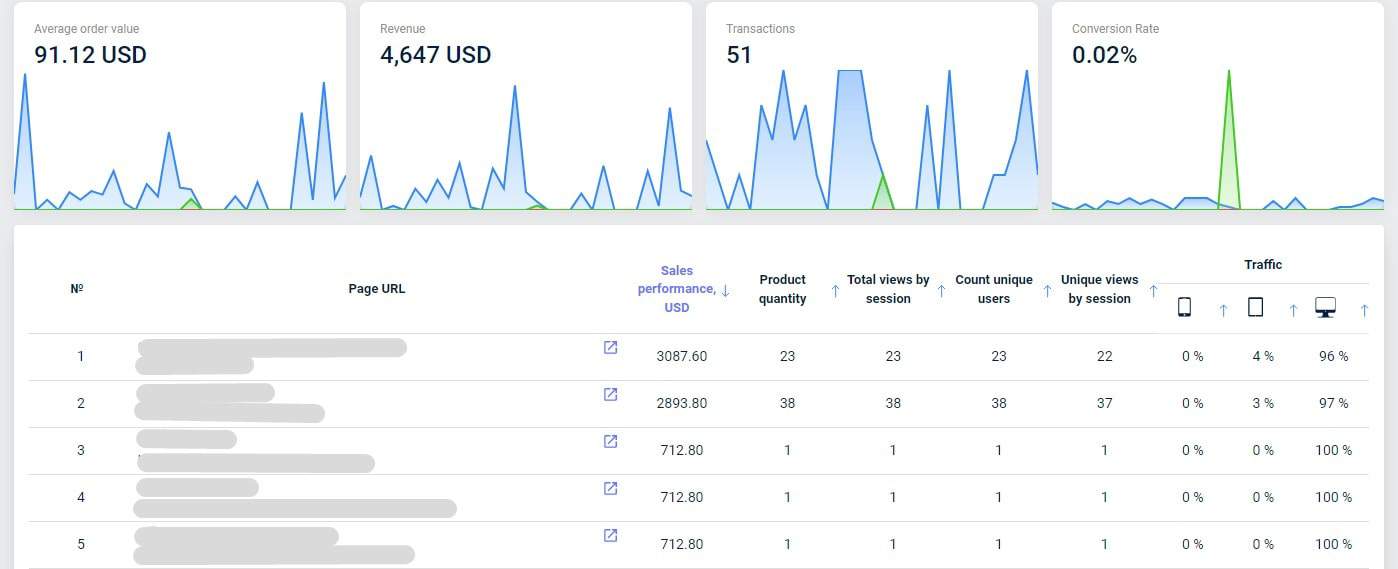
Leads are good, and qualified leads are much better. Potential customers are interested in your product/service and are ready to buy them. And these are the auditory you should target your marketing goals at. Look at the example below:
Generate 300 qualified leads per month by launching a targeted PPC campaign with a CTR of 3%.
Improve ROI
![]()
Increasing revenue is exactly what most marketing plans are targeted at. Therefore, improving the return on investment (ROI) is a common result embedded into a marketing goal. The latter may be like this:
Boost PPC ROI by 10% this quarter.
Increase Market Share
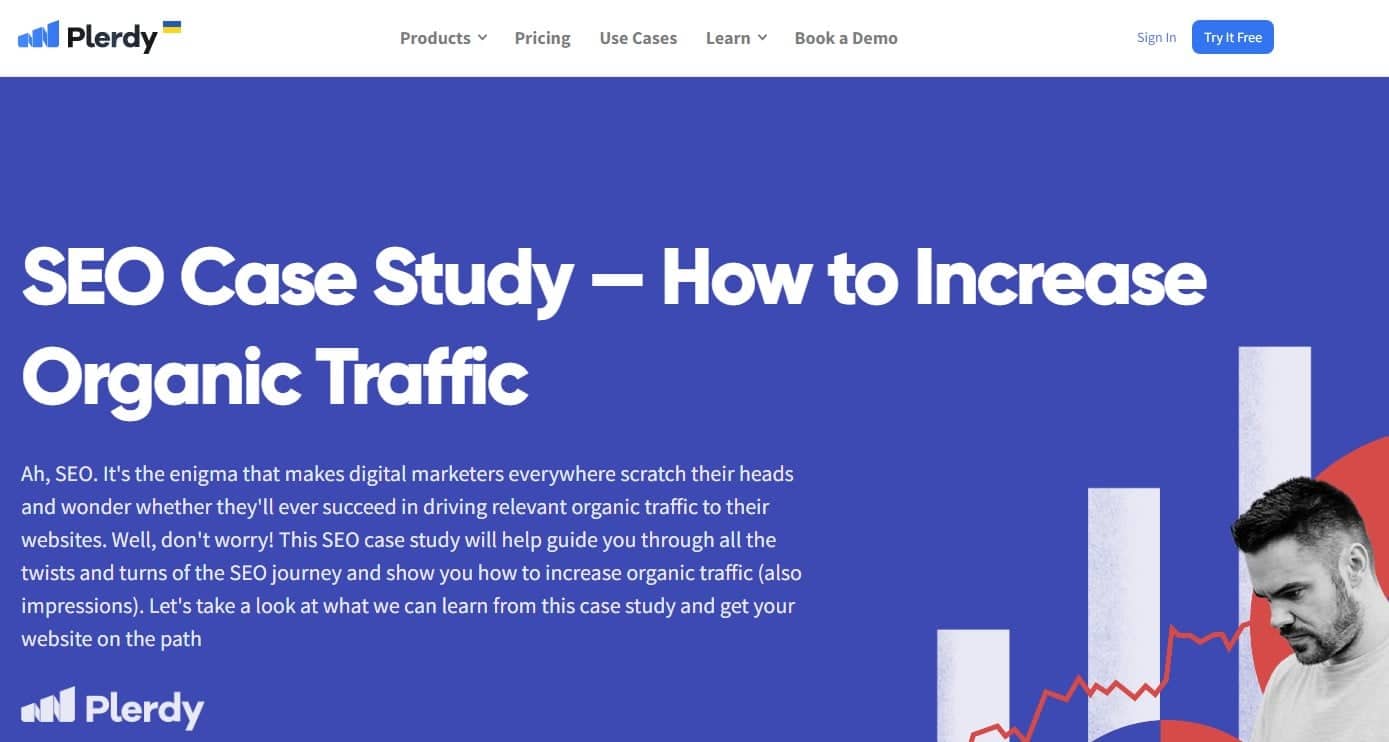
There’s always competition in the market between its players. And to be competitive in such a business environment, you need to stand out by something. So, look at your competitors, define your specialty and earn a strong position in the market based on it. Marketing goals aimed at increasing market share may be like this:
Reduce customer churn by 15% by the end of the year to increase market share.
Conclusions: Reach Your Marketing Objectives with These Top 10 Examples ?
As we wrap up our journey, it’s clear that setting effective marketing goals is crucial for your brand’s success. These top 10 examples illustrate the power of goal-setting in driving sales, increasing web traffic, and maximizing customer engagement.
Remember to:
- Leverage digital tools like Plerdy to assess and manage your marketing projects accurately
- Use data-driven insights to guide your marketing efforts
- Keep up with industry events, trends, and innovations.
Lastly, don’t forget to try Plerdy, your all-in-one marketing solution. With its comprehensive features, including heatmap tracking and funnel analysis, Plerdy is your secret weapon to achieve your marketing objectives.
So, what are you waiting for? Make the most of these goal-setting examples and advance your marketing game. It’s time to level up and conquer the world of marketing! ?
Don’t miss Plerdy’s free trial to explore its dynamic features and elevate your brand’s performance. Sign up for Plerdy now!
